Key Takeaways
- Understanding color psychology is essential for creating visually appealing and emotionally resonant outfits that reflect your personal style
- The color wheel serves as your ultimate guide to mixing and matching clothes, helping you create harmonious combinations
- Mastering neutral colors provides a strong foundation for building sophisticated layered looks
- Seasonal color analysis helps you choose the most flattering shades for your skin tone and natural coloring
- Strategic color layering can create optical illusions that enhance your body shape and proportions
- Breaking traditional color rules mindfully can lead to unique and eye-catching outfit combinations
- Accessories play a crucial role in adding pops of color and bringing layered outfits together
- Building a versatile wardrobe with a thoughtful color palette ensures endless mixing and matching possibilities
Have you ever stood in front of your closet, overwhelmed by a sea of colors, wondering how to create that perfectly layered look you saw on your favorite style icon? You’re not alone.
The art of layering colors in fashion is like painting on a canvas – it requires understanding, practice, and a dash of creative courage.
But once you master the basics, you’ll unlock endless possibilities for expressing your personality through clothes while creating visually stunning outfits that turn heads for all the right reasons.
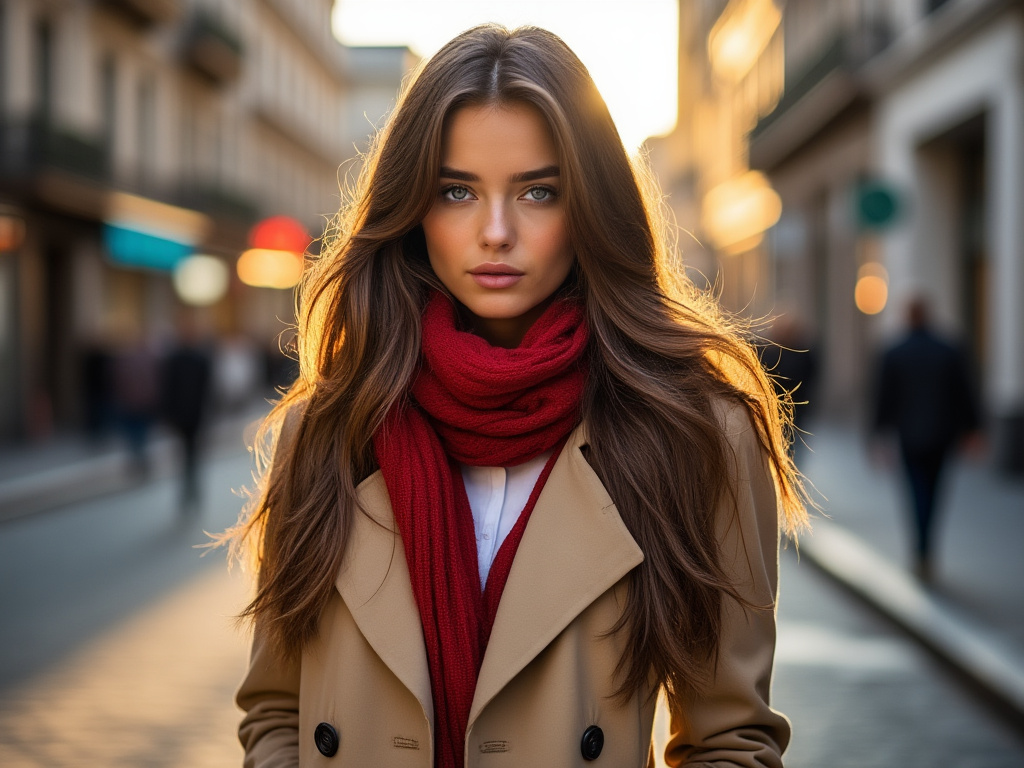
The Psychology of Color in Fashion
Colors aren’t just visual elements – they’re powerful communicators that can influence moods, perceptions, and emotions. Think about how a bold red dress makes you feel compared to a soft blue sweater, or how certain color combinations catch your eye while others seem to fade into the background.
Understanding Color Energy and Mood
The colors we wear can significantly impact our emotional state and how others perceive us. Deep jewel tones like emerald green and sapphire blue often convey sophistication and confidence, while pastels like mint and lavender create a more approachable, gentle impression. When layering these different energies, you’re not just creating an outfit – you’re crafting a personal statement that resonates with both your inner self and the world around you.
The Impact of Cultural Color Associations
Color meanings vary dramatically across different cultures and contexts. While white might represent purity and weddings in Western cultures, it’s traditionally associated with mourning in some Eastern societies. Understanding these cultural nuances helps you make more informed choices about your color combinations, especially in professional or formal settings where cultural sensitivity matters.
Personal Color Stories and Style Evolution
Every fashionista has a color journey – that moment when you discovered which shades make you feel most confident or the time you finally mastered mixing patterns with solid colors. These personal experiences shape our relationship with color and influence how we approach layering in our daily outfits. Your style evolution might have started with safe, monochromatic looks before blossoming into bold color experiments.

Color Theory Fundamentals
Before diving into complex layering techniques, it’s essential to understand the basic principles that make certain color combinations work while others clash.
The Color Wheel Explained
The color wheel is your best friend when it comes to creating harmonious outfits. Primary colors (red, blue, and yellow) form the foundation, while secondary and tertiary colors offer endless possibilities for creative combinations. Understanding complementary, analogous, and triadic color relationships will transform how you approach outfit planning.
Color Temperature and Intensity
Warm colors like oranges and yellows can energize an outfit, while cool tones like blues and greens create a calming effect. Learning to balance these temperatures through layering helps create outfits that feel intentional and well-thought-out. The intensity of colors also plays a crucial role – mixing saturated and muted tones adds depth and sophistication to your looks.
Creating Color Harmony in Outfits
Achieving perfect color harmony isn’t about following strict rules – it’s about understanding how different shades interact with each other. Sometimes, the most striking outfits come from unexpected color combinations that challenge traditional fashion norms while maintaining an underlying sense of balance.
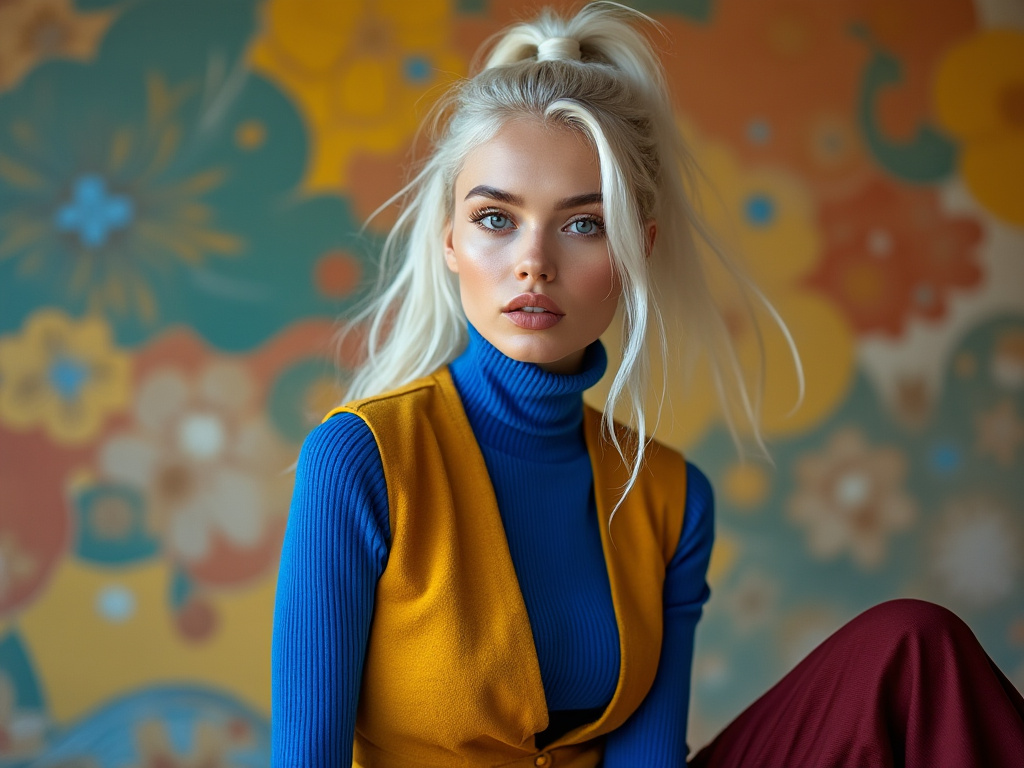
Building Your Color Foundation
A well-planned wardrobe starts with understanding the role of neutral colors and how they support more vibrant pieces.
- Classic black pieces serve as versatile building blocks
- Navy blue offers a softer alternative to black
- Crisp white items brighten any layered look
- Beige and camel tones add warmth and sophistication
- Gray pieces bridge the gap between warm and cool colors
- Olive green functions as a modern neutral
- Metallic accents add dimension to neutral layers
- Earth tones provide natural harmony
- Ivory and cream create subtle depth
- Brown shades ground bold color combinations
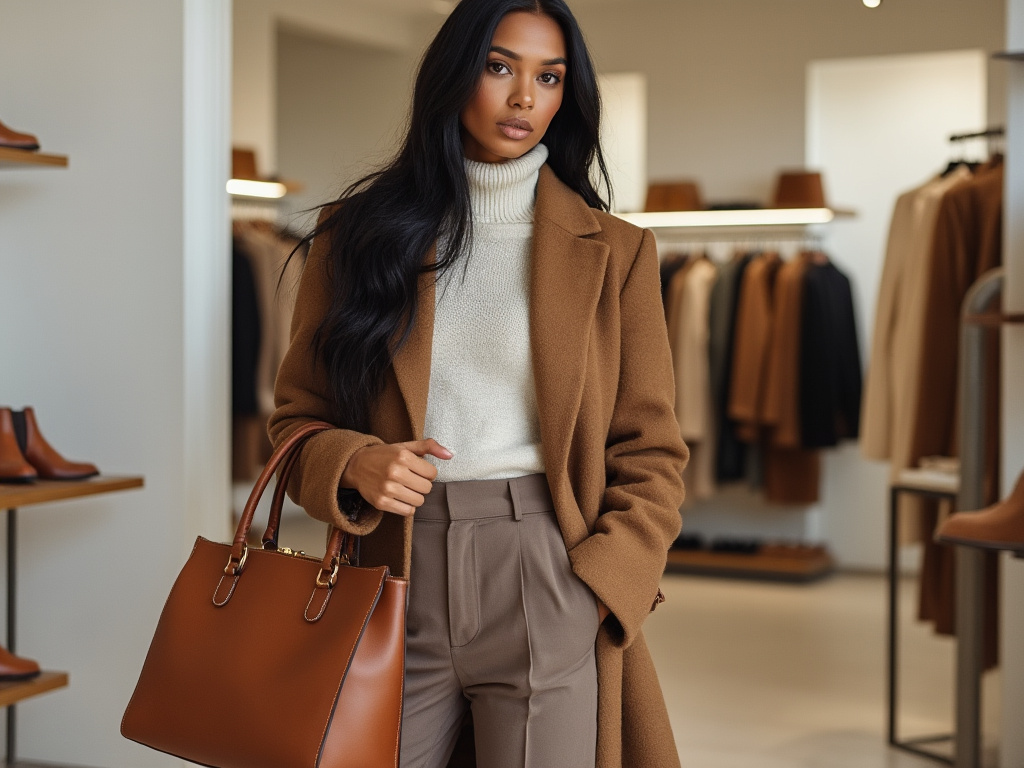
Advanced Color Layering Techniques
The true art of color layering lies in understanding how to combine different pieces in ways that create visual interest while maintaining balance. When done correctly, layering can transform simple pieces into sophisticated ensembles that look effortlessly put together.
Monochromatic Magic
Working with different shades of the same color creates elegant, elongating outfits that never go out of style. The key is to vary textures and tones within your chosen color family, creating depth through subtle variations rather than stark contrasts. A light gray silk blouse under a charcoal cashmere cardigan, paired with dove gray wool trousers, creates a sophisticated look that’s both professional and fashion-forward.
Complementary Color Combinations
While complementary colors sit opposite each other on the color wheel, their successful combination in outfits requires careful consideration of proportion and intensity. Try pairing a deep purple blazer with subtle yellow accessories, or experiment with blue and orange in different saturations to create unexpected yet harmonious combinations.
Transitional Color Layering
The art of transitioning between colors in an outfit can make or break a layered look. Using pieces that contain elements of both colors you’re trying to combine can create seamless transitions. A patterned scarf that includes both your main outfit color and your accent color can tie everything together beautifully.
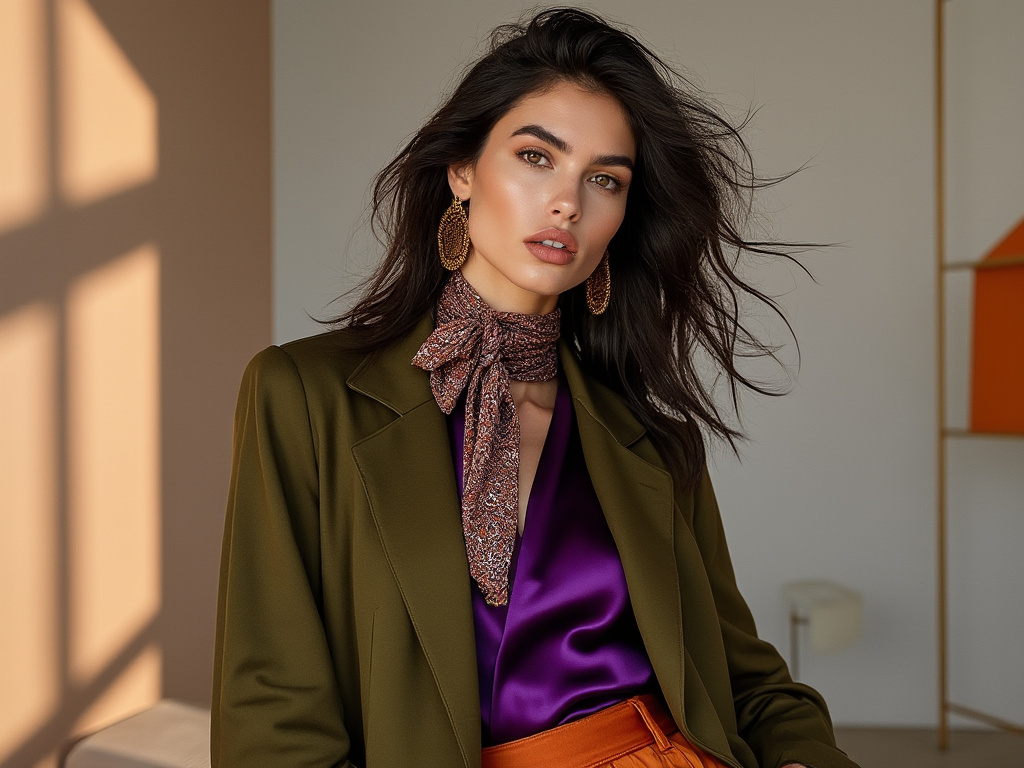
Seasonal Color Analysis
Understanding how different colors interact with your natural coloring can elevate your entire wardrobe.
Understanding Your Season
Your skin undertone, eye color, and natural hair color all play crucial roles in determining which seasonal color palette will enhance your natural beauty. Winter types typically look stunning in clear, bold colors, while summer types shine in soft, cool shades.
Adapting Colors to Your Palette
Once you’ve identified your seasonal color profile, you can start building a wardrobe that truly complements your natural coloring. This doesn’t mean limiting yourself entirely to these colors, but rather using them as a foundation for your most flattering looks.
Cross-Seasonal Color Mixing
While staying within your seasonal palette is a safe bet, don’t be afraid to experiment with colors from other seasons. The key is understanding how to incorporate them in ways that still maintain harmony with your natural coloring.
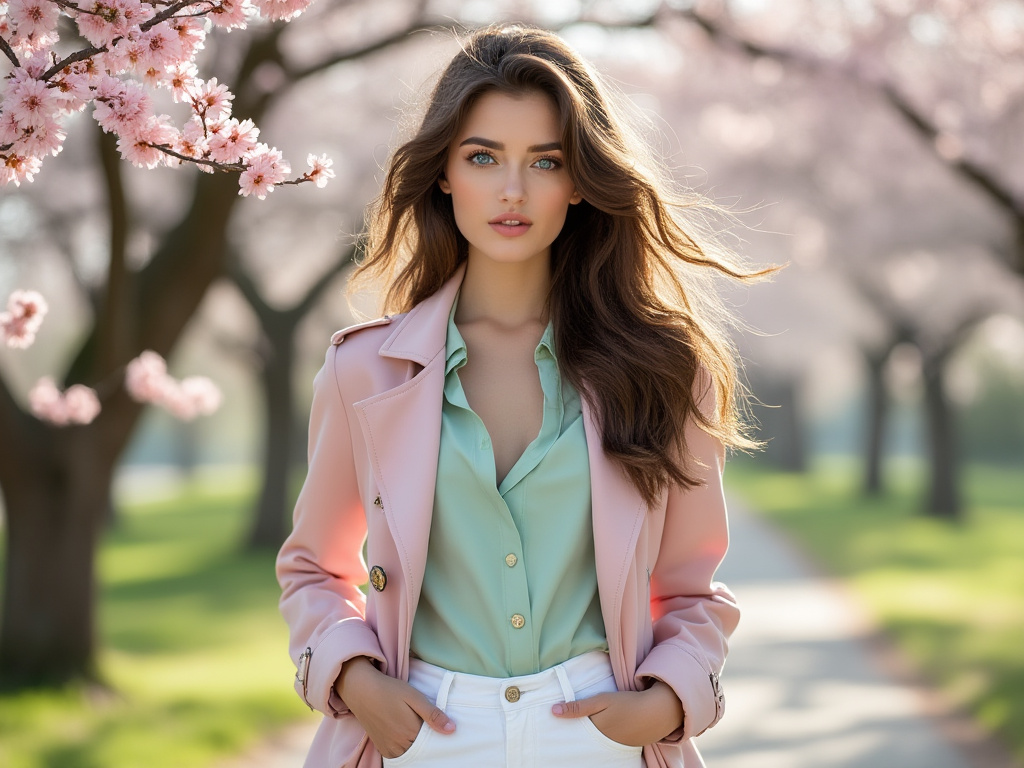
Pattern Play and Color Integration
The relationship between patterns and solid colors creates endless possibilities for creative layering.
Mixing Patterns Successfully
Start with patterns that share a common color family, then gradually experiment with more contrasting combinations. Remember that scale matters – pair larger patterns with smaller ones to create visual balance.
Color-Blocking with Patterns
Use patterns as a bridge between solid colors in your outfit. A floral blouse that contains both navy and burgundy can beautifully connect a navy blazer with burgundy pants.
Pattern Scale and Color Impact
The size of patterns affects how colors are perceived in an outfit. Larger patterns make colors appear more dominant, while smaller patterns can help blend different color elements together.

Accessorizing with Color
Accessories provide the perfect opportunity to experiment with color without committing to larger pieces.
- Statement jewelry in bold colors adds personality
- Scarves can introduce multiple colors seamlessly
- Belts create purposeful color breaks
- Handbags offer portable pops of color
- Shoes can ground or elevate color schemes
- Hair accessories introduce subtle color accents
- Watches and bracelets add metallic dimension
- Sunglasses frames provide unexpected color opportunities
- Tights and socks layer color creatively
- Statement buttons transform neutral pieces

Seasonal Color Transitions
Different seasons call for different approaches to color layering.
Spring Color Strategies
When transitioning into spring, incorporate lighter versions of winter colors while gradually introducing more vibrant hues. Layer pastels with neutrals for a fresh, seasonal look that doesn’t feel overwhelming.
Summer Shade Selection
Summer offers opportunities to experiment with bright, light-reflecting colors. Create depth by combining different intensities of similar hues, and don’t forget about white as a powerful layering tool.
Fall Color Layering
Autumn’s rich color palette allows for complex layering combinations. Mix jewel tones with earth colors, and experiment with texture to add visual interest to monochromatic looks.
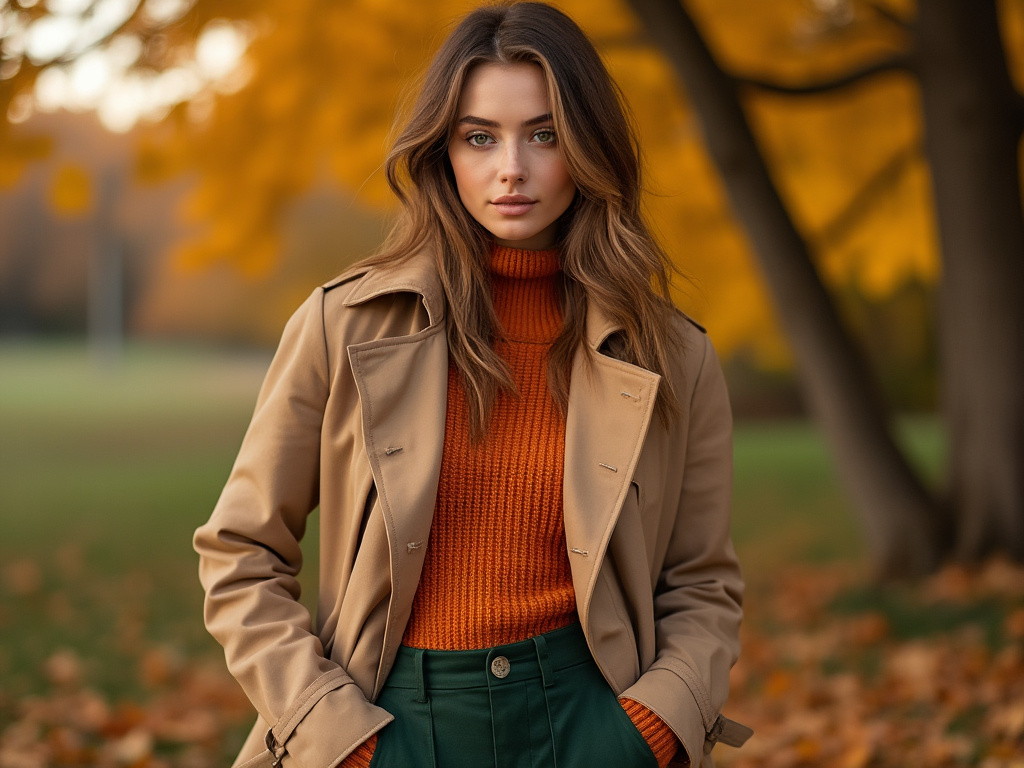
Professional Color Coordination
Workplace settings require thoughtful consideration of color choices and layering techniques.
Office-Appropriate Color Layering
Professional environments often call for subtle color combinations that maintain authority while expressing personality. Navy suits can be enlivened with burgundy accessories, while gray foundations support virtually any accent color.
Industry-Specific Color Considerations
Different professional sectors have varying expectations regarding appropriate color choices. Creative industries might welcome bold color experiments, while traditional corporate environments might require more conservative approaches.
Power Colors and Professional Impact
Certain colors can influence professional interactions. Understanding how to use these power colors in layered outfits can help you project confidence and competence in workplace settings.

Special Occasion Color Coordination
Different events call for different approaches to color layering.
Formal Event Color Strategy
Create sophisticated evening looks by combining rich jewel tones with metallics, or stick to elegant monochromatic schemes with subtle texture variations.
Casual Event Color Combinations
Relaxed settings allow for more playful color combinations. Try unexpected color pairings while maintaining balance through neutral anchoring pieces.
Seasonal Celebration Colors
Holiday events often have traditional color associations that can be modernized through creative layering techniques.
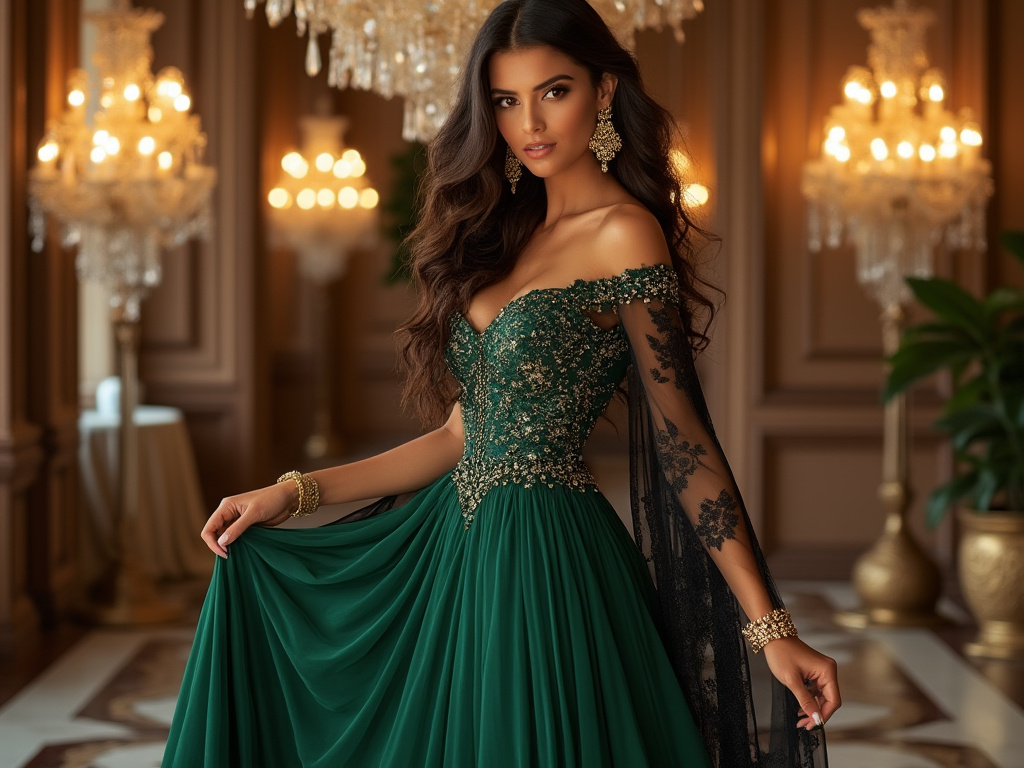
Color Confidence and Personal Style
The journey to mastering color layering is deeply personal and evolves with experience.
Developing Your Color Instincts
With practice, you’ll develop an intuitive understanding of which colors work together and how to layer them effectively. Start with simple combinations and gradually experiment with more complex arrangements.
Building a Signature Color Palette
Your most flattering and favorite colors can form the foundation of a signature style. Learn how these colors interact with others to expand your layering possibilities.
Evolving Your Color Choices
As your style evolves, so too should your approach to color. Stay open to new combinations while building on what you know works for you.
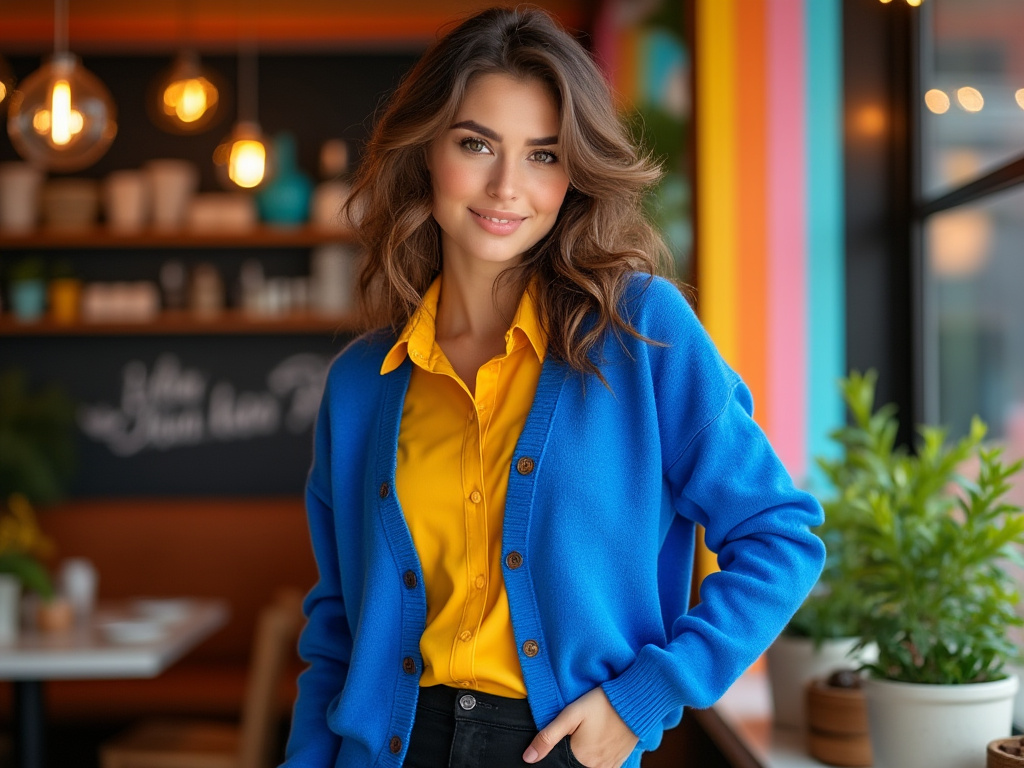
Summary Table
| Color Combination Type | Best Uses | Impact |
|---|---|---|
| Monochromatic | Professional settings, elongating looks | Sophisticated, cohesive |
| Complementary | Statement outfits, creative expression | Bold, eye-catching |
| Analogous | Casual wear, subtle styling | Harmonious, balanced |
Conclusion
Mastering the art of layering colors is a journey that combines understanding color theory with personal expression and practical application. As you experiment with different combinations and techniques, you’ll develop an intuitive sense of what works for you while building confidence in your color choices.
Remember that the most successful color combinations often come from balancing creativity with intention. Whether you’re layering for professional settings or casual occasions, the principles of color harmony provide a foundation for creating outfits that not only look great but feel authentically you.

Frequently Asked Questions
How do I start experimenting with color layering?
Begin with neutral bases and gradually introduce one bold color at a time. Practice with accessories before committing to larger colored pieces, and pay attention to how different colors make you feel.
What colors work best for professional settings?
Navy, gray, and black provide excellent foundations for professional outfits. Add controlled pops of color through accessories or single statement pieces while maintaining an overall polished appearance.
Can I mix warm and cool colors in the same outfit?
Yes, mixing warm and cool colors can create dynamic outfits. The key is to use transitional pieces that contain elements of both temperatures or to balance the combination with neutral pieces.
How do I choose colors that flatter my skin tone?
Consider your underlying skin tone – whether you have warm or cool undertones – and experiment with colors that enhance rather than wash out your natural coloring. Professional color analysis can provide detailed guidance.

What’s the best way to incorporate trendy colors?
Add trendy colors through accessories or single statement pieces while maintaining a foundation of classic colors. This allows you to experiment without overwhelming your existing wardrobe.
How can I make monochromatic outfits more interesting?
Play with different textures, fabrics, and slight variations in shade to add depth to monochromatic looks. Incorporate patterns that feature your chosen color for additional visual interest.
What role do neutrals play in color layering?
Neutrals serve as the foundation for successful color layering, helping to ground more vibrant pieces and create balance in complex outfits. They also provide versatility in mixing and matching.
How do seasonal colors affect layering strategies?
Seasonal colors influence both the palette and the weight of pieces you’ll layer. Winter typically calls for deeper, richer colors and heavier layers, while summer favors lighter, brighter shades in thinner materials.

Gabrielle J. Smith is the pulsating essence that brings life to the world of fashion and color. With an innate talent for understanding the nuances of hues, she has the uncanny ability to paint narratives with her words, diving deep into the realm of color trends and the art of harmonizing them. Not just an expert in the field, Gabrielle also plays a pivotal role in strengthening the cohesion of our team, ensuring growth and harmony. Each of her articles is a testament to her passion, weaving captivating tales that resonate with readers and fashion aficionados alike.
Reviewed By: Joanna Perez and Anna West
Edited By: Lenny Terra
Fact Checked By: Matthew Mansour
Photos Taken or Curated By: Matthew Mansour
